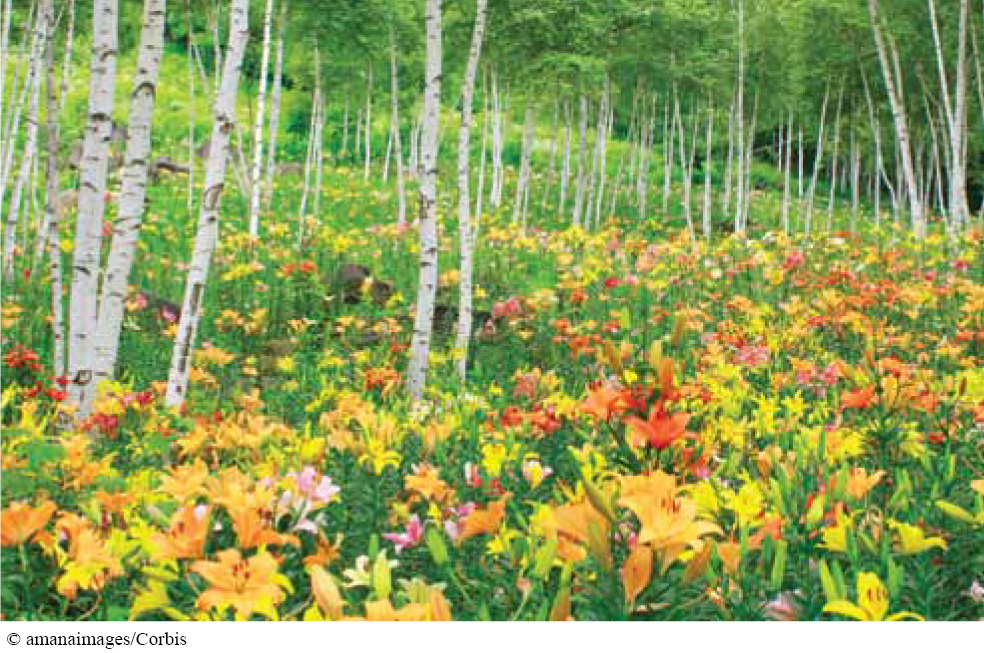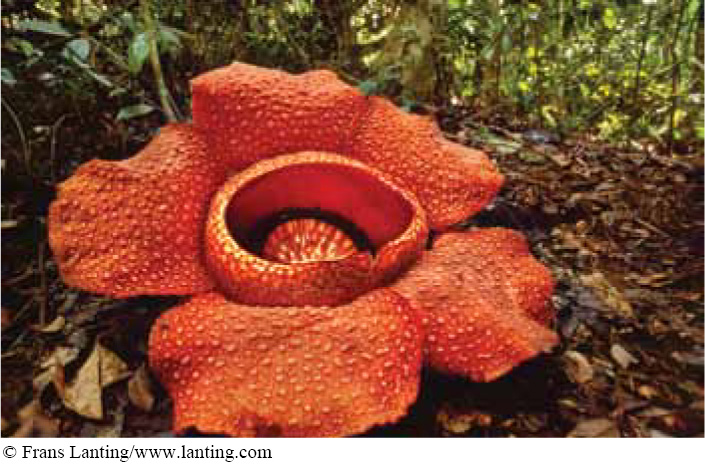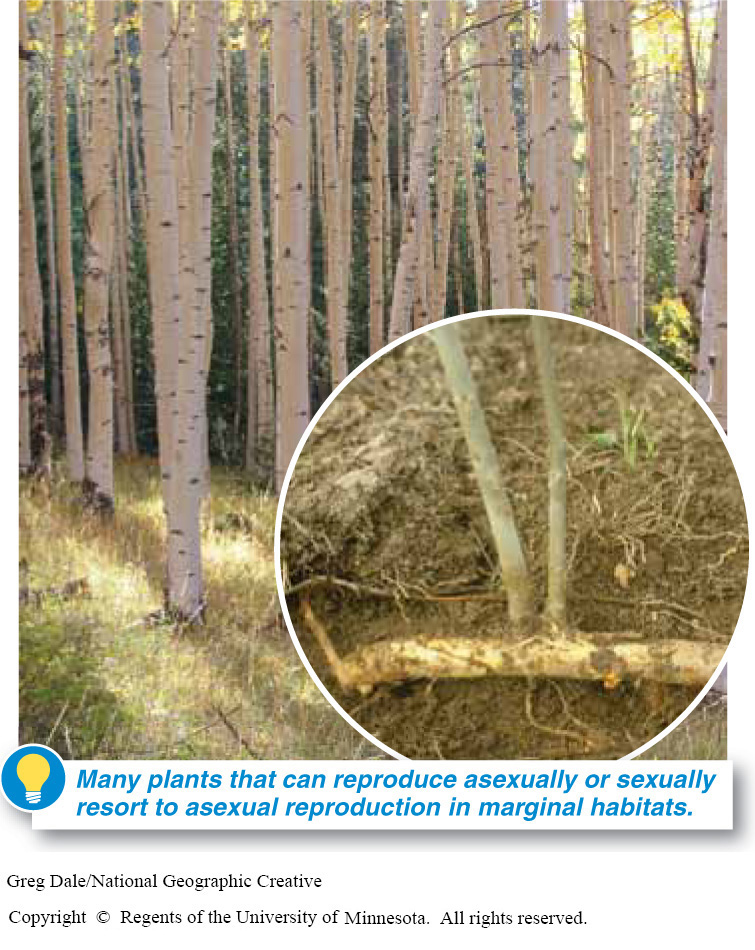
Why do flowers have such a hold on people? Brides clutch roses during wedding ceremonies. Suitors and partners give flowers during courtships and in relationships. We send flowers to those in mourning and to those celebrating. And many people spend countless hours and dollars tending to flowering plants in their gardens.
We are innocent bystanders, as it turns out, unintentionally ensnared by plants’ chief calling card: the sweet smells and captivating colors, textures, and shapes of flowers. Floral displays, though, are intended for a wide range of other animals. They are the means by which plants enlist the assistance of animals in transporting male gametes to female gametes, thus using sexual reproduction to produce seeds and increase the genetic variability among their offspring.
Take carrion flowers, for example (FIGURE 18-1). Some insects feed on feces, rotting flesh, and other decaying organic matter, and they also lay their eggs in damp, stinky places. Carrion flowers lure these insects into their foul-

Sexual reproduction isn’t the only method of reproduction for flowering plants. Many are able to make use of an alternative method, producing offspring asexually under certain conditions. Aspens, for example (FIGURE 18-2), are a species of tree that thrives in the cool regions of Europe, Asia, and North America. Occasionally, however, aspens take root in inhospitable places. But, unlike a human who finds herself on an impossibly cold or barren plot of land, aspens don’t have the option of quickly packing up and retreating. They’re plants, after all. They can’t escape.

Evolution seems to have compensated plants for their lack of mobility with a life-
727
In the Orkneys, the aspens only reproduce asexually. They develop shoots, called suckers, that sprout from horizontal underground stems and can give rise to new, genetically identical trees. One tree can give rise to dozens or even hundreds of new trees, all genetically identical.
Such asexual reproduction is rare among animals, but it turns out to be prevalent among plants growing in marginal habitats. Such habitats may limit the survival of seeds or, because of small population sizes, may reduce the likelihood that an individual finds a sexual partner.
In this chapter, we examine why evolution may have led to most plants having two very different options for reproduction, and we also investigate how plants grow. We begin by exploring the process of asexual reproduction and its advantages and disadvantages.
TAKE-HOME MESSAGE 18.1
Most plants have two very different options for reproducing: asexual and sexual reproduction.
Beyond their aesthetic qualities, do flowers have a purpose?
Yes! Plants use flowers to enlist the assistance of animals in transporting male gametes to female gametes, thus increasing the genetic variability of their offspring.